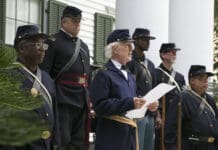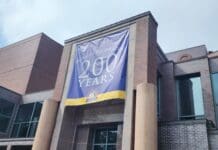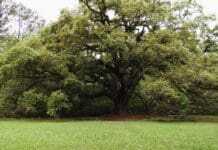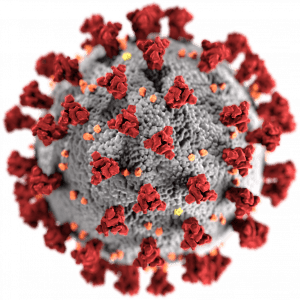

(Original Posted March 1, 2023)
March 1, 2020
COVID-19 Arrives in Florida
On this day, the State of Florida declared a Public Health Emergency after the first two positive COVID-19 cases were discovered in Manatee and Hillsborough counties. Later this month on March 19, 2020, the Florida Department of Health in Leon County confirmed the first 3 COVID-19 cases, including one death, had occurred there.
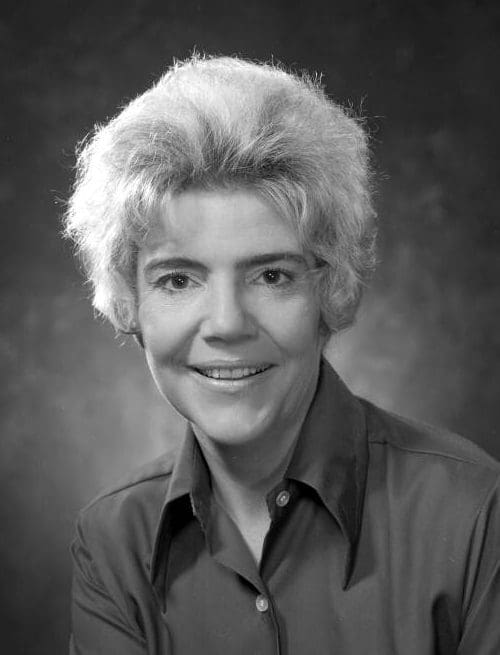

March 2, 1973
A First for Women in Tallahassee
On this day, Tallahassee city commissioners chose Joan Heggen to become city mayor. She was the first woman to hold that position for Tallahassee. Just one year earlier, Heggen had become the first woman to be elected to the commission. She succeeded James Ford, the first African American man to hold the mayoral position.
Since 1919, the city commissioners rotated the position of mayor among themselves with a formal reorganization vote once a year. In the 1973 vote, there was some controversy in the commissioner’s decision to choose Heggen for the position. Traditionally, commissioners would choose the previous Mayor ProTem for the mayoral post. Commissioner Loring Lovell had served in that ProTem position during the previous year, but the commissioners chose Heggen instead.
Heggen served her full term as mayor but later chose not to run for reelection to the city commission in 1975. She passed away in 2016 at the age of 85.
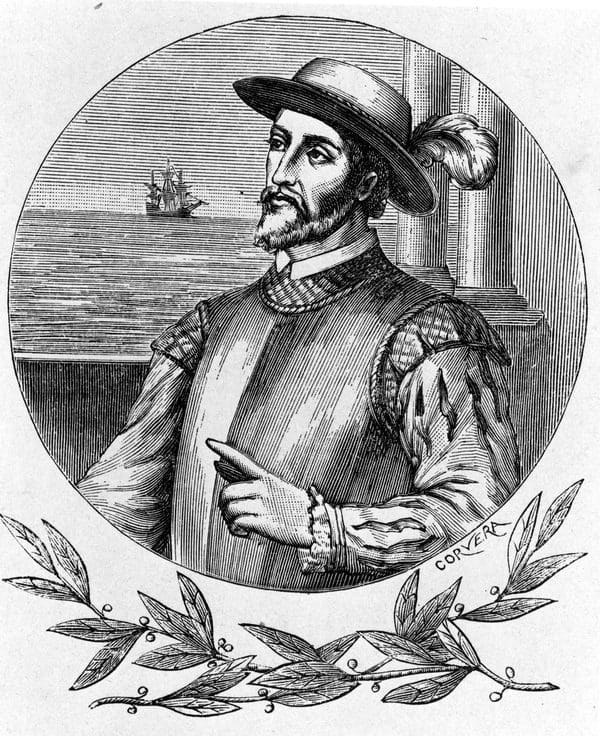

March 3, 1513
Spain’s Florida Journey Begins
On this day, conquistador Juan Ponce de Leon of Spain left Puerto Rico with three ships heading Northwest. Ponce de Leon was reportedly hoping to find the island of Bimini, but the land he saw from the ship on Easter Sunday (March 27,1513) was Florida. Ponce de Leon sailed further north and landed near Saint Augustine on April 2, 1513. He named it La Florida after Spain’s Easter celebration called La Pascua Florida which means “The Feast of Flowers.” Leon County in Florida is named after the explorer.
March 3, 1845
Florida Becomes a State
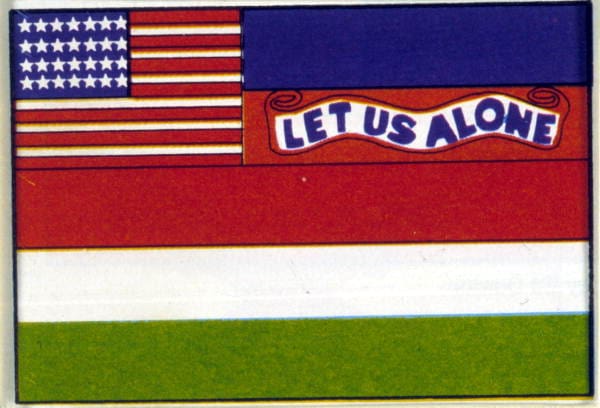

On this day, U.S. President John Tyler signed a bill passed by Congress making Florida the 27th state to join the United States of America. Florida had been an official U.S. territory since 1822. There had been some debate over whether Florida should enter the Union as one state or two. Under Spanish rule, it had been divided into East and West Florida. It joined as a single slaveholding state at the same time Iowa, a single free state joined the United States.
The first official flag of Florida was flown in June of 1845 at the inauguration of the first state Governor, William D. Moseley. The flag, which included the motto “Let Us Alone”, Just 15 years after receiving statehood, Florida seceded from the Union to join the Confederacy at the start of the Civil War.
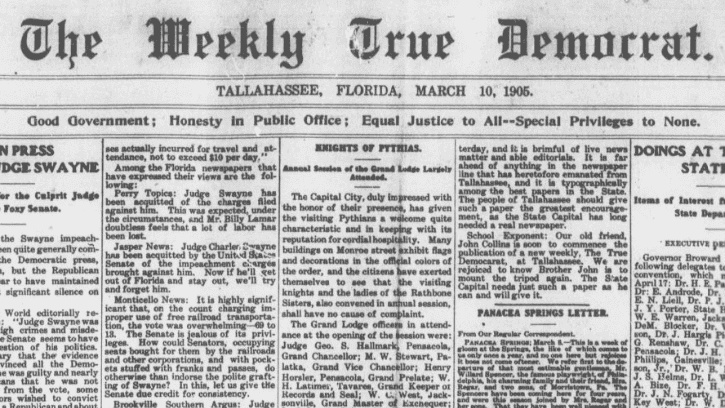

March 3, 1905
Tallahassee Gets a New Newspaper
On this day in 1905, the “Weekly True Democrat” newspaper was printed for the first time. There had been several newspapers in the city before its launch, but this was a new one. In the masthead of the new “Weekly True Democrat” paper was the motto “Good Government; Honesty in Public Office; Equal Justice to All—Special Privileges to None.” The founder, John G. Collins, announced it would be published each Friday morning and that a year’s subscription would be one dollar (paid in advance). The paper went through a few name changes and in 1916 it became “The Daily Democrat” and was published each afternoon. In 1948, the name changed again and became “The Tallahassee Democrat” which still exists today.
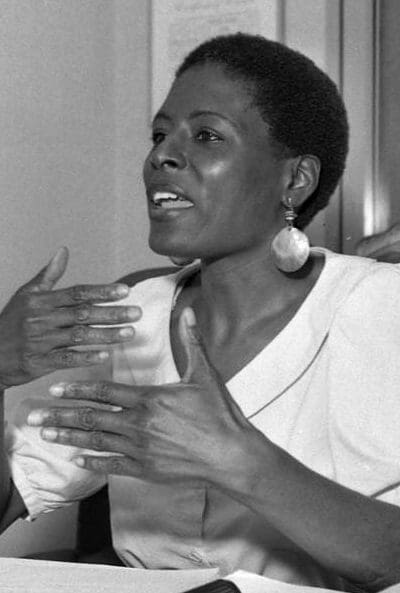

March 3, 1989
A New Mayor Makes Tallahassee History
On March 3, 1989 Tallahassee City commissioner Dorothy “Dot” Inman-Johnson became the first black woman chosen as the city’s Mayor. Just three years earlier, she be had become the first black woman elected to the commission. From 1919 until 1997, the commissioners chose among themselves who would serve the one-year term as Mayor. Inman-Johnson became Mayor again February 26, 1993. She served two 4-year-terms representing District 5. In 2022, Inman-Johnson published a book called “Tallahassee’s Black History Firsts: Post Reconstruction Era.”
March 4, 1824
Tallahassee Becomes Florida’s Capital
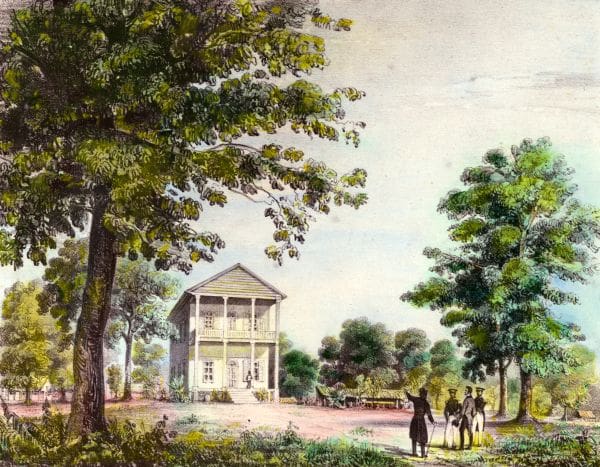

Florida had been a territory of the United States for almost two years before Tallahassee was named the capital of the area. Until then, two different cities, St. Augustine and Pensacola, had served as rotating locations. The situation had occurred because, under Spanish rule, the land had been divided into East and West Florida with two separate capitals. The Territorial Legislature established the Tallahassee location midway between the two populous cities, on the lands once held by the Apalachee people.
March 4, 1989
A New Chapter for the Leon County Library
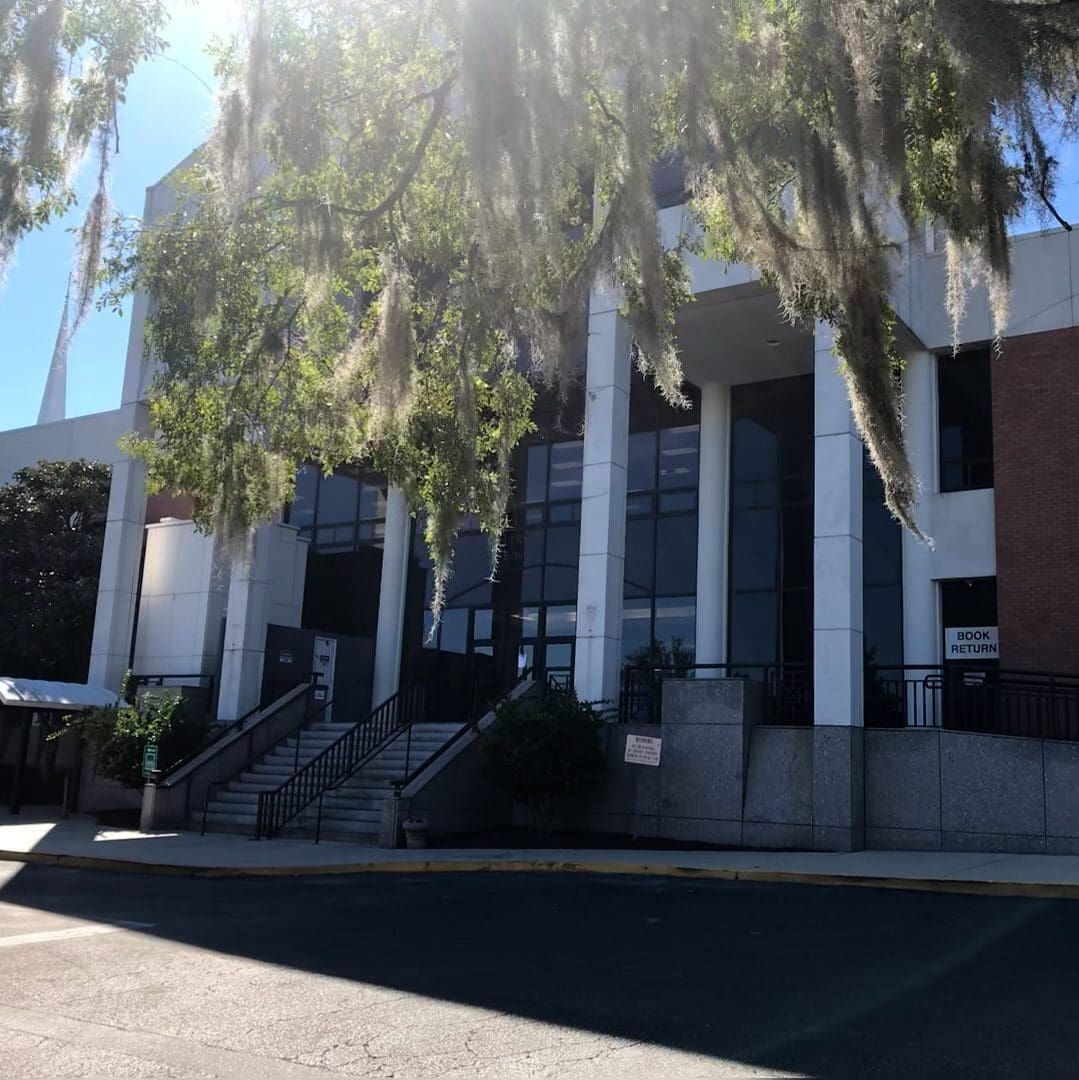

On this day in 1989, the Leon County Library broke ground on a new building at the corner of Park and Duval street in Tallahassee. More than 500 people showed up on this rainy day to partake in the ceremony and activities which included a storytelling event for kids. The 10.5-million-dollar building would be the first permanent home for the county’s public library. It was first housed at the Columns in 1956, then the Elks Club on Monroe Street, and eventually an old store at the Northwood Mall. The new building opened to the public on January 20, 1991. Two years later, the library was renamed to LeRoy Collins Leon County Public Library after the late Governor LeRoy Collins.
In 2016, an Oak tree that had existed at the permanent library’s location since before the Civil War had to be removed due to disease. It was turned into a sculpture that now sits in front of the building.
March 5, 1954
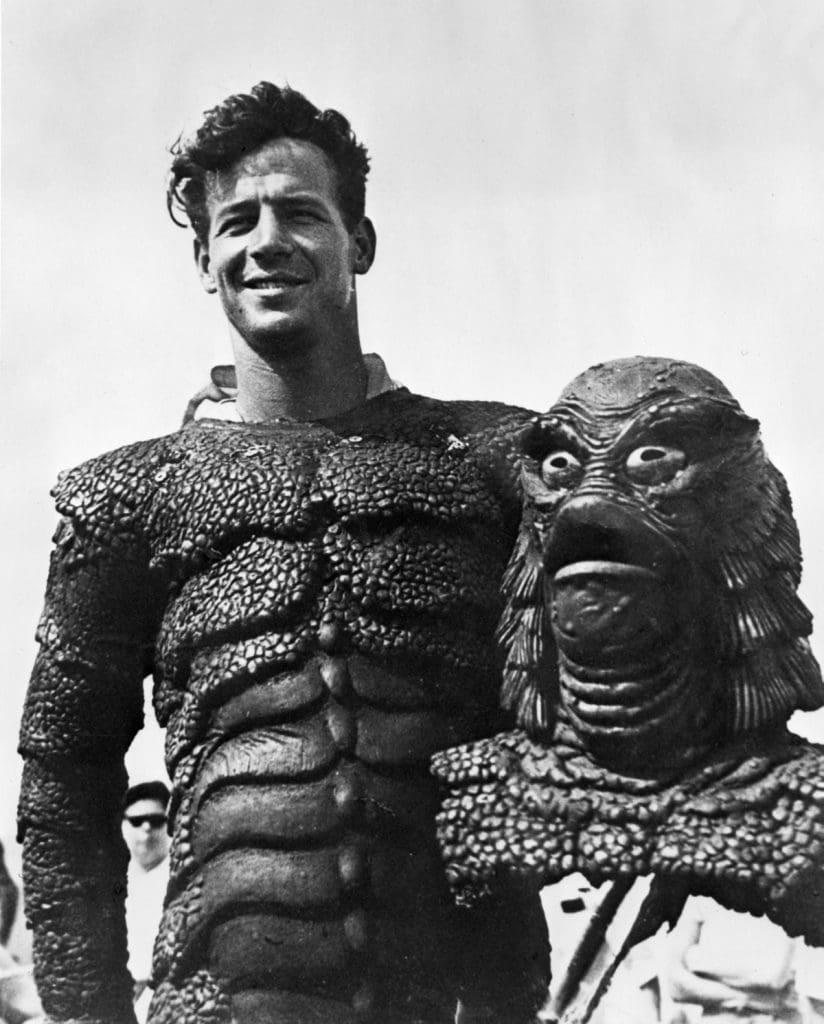

Wakulla Springs Becomes the Black Lagoon
On this day in 1954, the film “The Creature from the Black Lagoon” opened at theatres across the country. While some of the black and white 3D monster movie had been shot in California, a portion of the film was done in the clear waters of Wakulla Springs south of Tallahassee.
Florida Actor Ricou Browning, who had been an FSU College Student and lifeguard at Wakulla Springs before the movie was made, signed on to serve on as a stuntman for the film. His strong swimming skills had him performing the underwater shots in the Creature costume. The movie launched his career in the movies. He continued playing the monster in the sequels. Browning passed away February 27, 2023 at the age of 93.
March 6, 1865
A Battle for the Capital
The Battle of Natural Bridge was fought on this day in 1865. The roots of the battle began when Union soldiers from the 2nd and 99th U.S. Colored Infantry, as well as the 2nd Florida Calvary, were sent to take the capital city of Tallahassee from the south. Boats with the Union troops landed near St. Mark’s lighthouse on March 4th and began their march north.
In order to reach Tallahassee, the soldiers would have to cross the St. Marks River. With wooden bridges destroyed, the northern troops aimed toward a section of the river that went underground, leaving a natural bridge they could cross over. Meanwhile, word of the Union troops advancing reached Tallahassee. Confederate soldiers on leave in the area, other citizens, and students from the Florida Military and Collegiate Institute (which later became Florida State University) rushed to Natural Bridge where the two sides engaged in battle. The small group of Confederate fighters pushed back the Union forces.
Tallahassee was the only Confederate capital east of the Mississippi that was not captured by Union troops during the Civil War. However, after the war, the city was later occupied by some of the same Union troops that had taken part in the battle. Each year, a full-scale reenactment battle takes place the first weekend of March at Natural Bridge State Park. In addition to the reenactment, there are demonstrations and living history programs.
Check out this Local Routes story about the Reenactment and Battle at Natural Bridge.
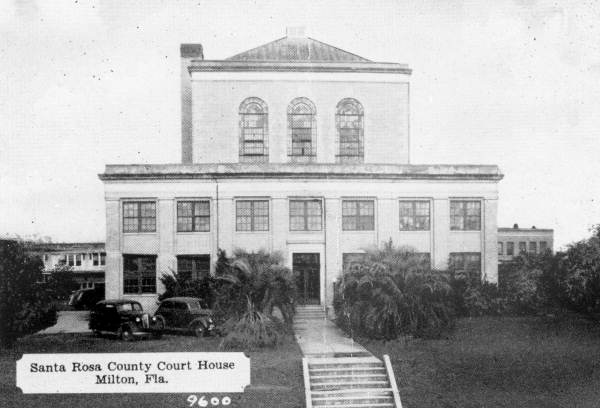

March 6, 1954
State Snowfall Record
The most snow to ever fall on Florida in 24 hours took place on March 6, 1954. The Milton Experimental station in Santa Rosa County reported that 4 inches of snow had fallen during that time. It was the most ever recorded in the state since the first documented report of snow in the state which occurred in 1774. Four years later, Tallahassee Florida would have its own record snowfall of 2.8 inches on February 13.
Learn more about the snow and cold records in the state here.
March 8, 1982
Tallahassee’s Loses a Diamond
You may have attended concerts or performances at Ruby Diamond Concert Hall on Florida State Campus, but do you know the history behind the woman it is named after? Born in 1886, Diamond was the daughter of a Tallahassee merchant and city commissioner, Julius Diamond. Her parents gave her the name Ruby Pearl Diamond. Diamond graduated from Florida State College (later Florida State University) in 1905 with a bachelor’s degree in Chemistry.
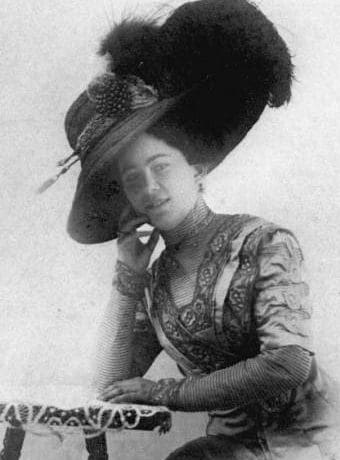

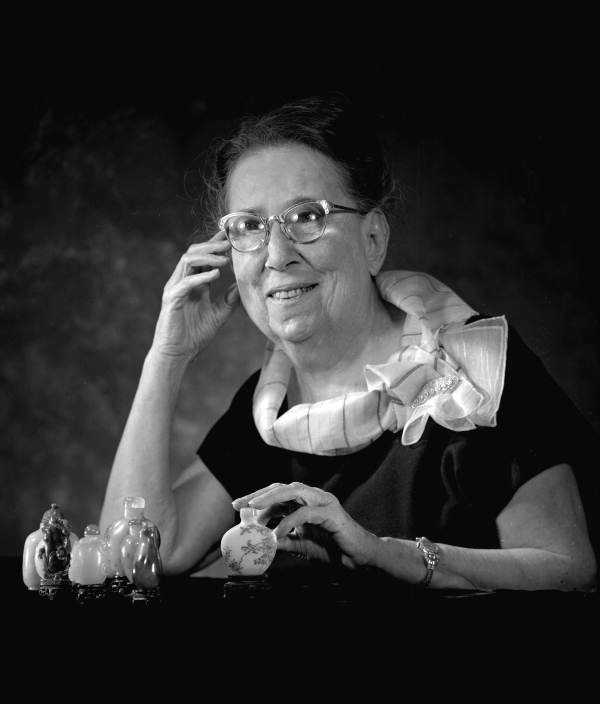

Diamond reportedly was engaged twice, but never married. After the death of her parents, she moved into the Floridan Hotel at Monroe and Call street. She lived there for nearly 50 years. She later moved to the downtown Hilton hotel. Diamond was known for her philanthropic work with Florida State University, Temple Israel, and others. Ruby Pearl Diamond died on this day in 1982 at the age of 95.
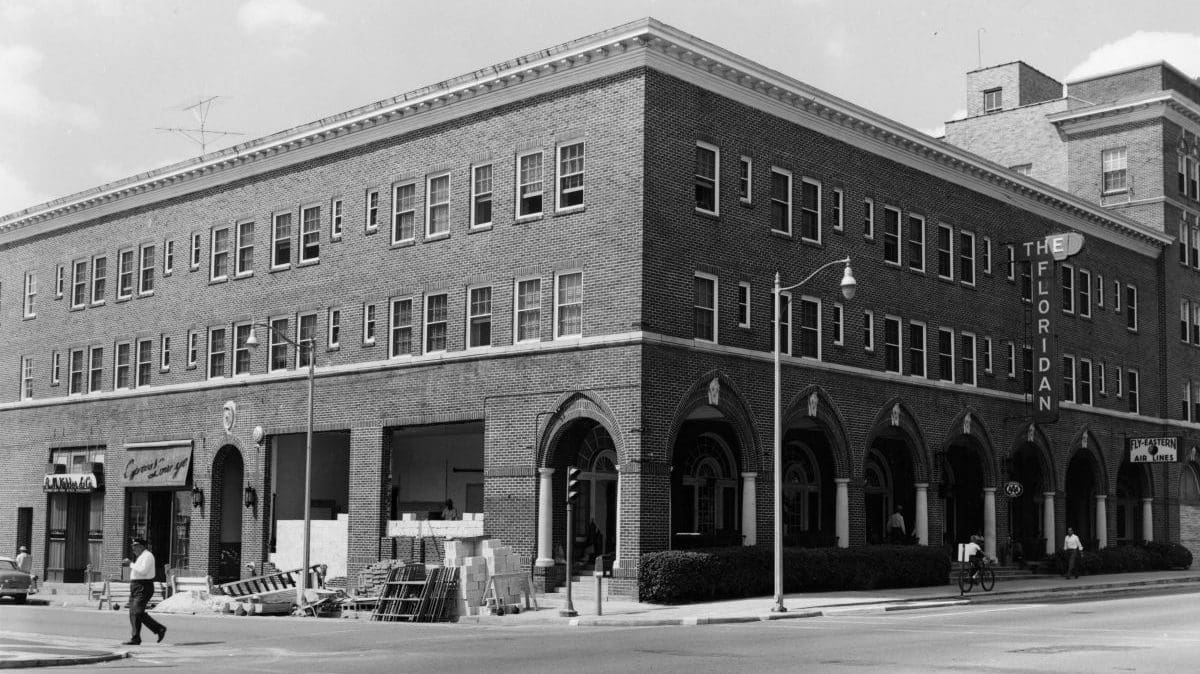

March 10, 1821
Jackson Takes Over Florida
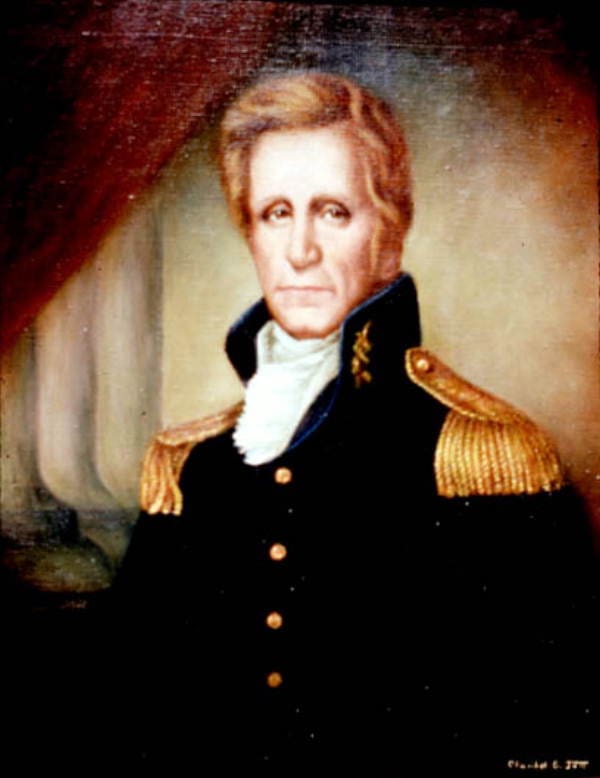

On this day in 1821, U.S. President James Monroe named Andrew Jackson as the first Military Governor of Florida. Before this, Jackson had long served the United States, first in the Revolutionary War and later during the war of 1812. After his decisive victory at the Battle of New Orleans in 1815, the Brevet Major General Andrew Jackson was considered a national hero.
He remained in command of troops in the southern half of the United States. Over the years, tensions on the southern U.S. border had increased as runaway slaves sought refuge in Spanish Florida, often among the Native Americans known as Seminoles. In 1817, the War Department ordered Jackson to deal with the situation. Jackson invaded the Spanish-held area starting the First Seminole War. In addition to burning some of the Seminole towns, he seized two cities held at the time by Spain: Pensacola and St. Marks. This first Seminole war eventually led to the 1819 Transcontinental Treaty in which Spain officially turned East and West Florida over to the United States.
The U.S. took possession of the territory in 1821. Jackson agreed to take the position as Military Governor of the area only until the territorial government was organized. He resigned in November. Jackson was elected president of the United States in 1828. Jackson County, Florida was named after Andrew Jackson.
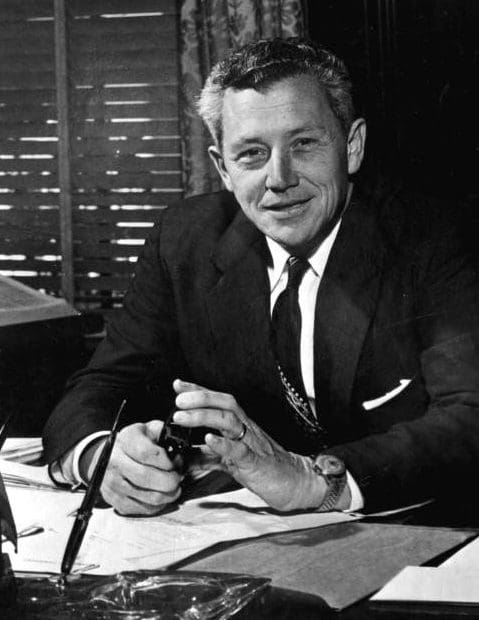

March 10, 1909
LeRoy Collins Says Hello to the World
The 33rd Governor of Florida, Thomas LeRoy Collins was born on this day in Tallahassee. He attended Leon High School before going to Eastman Business College in New York and Cumberland School of Law in Tennessee. Before becoming governor, Collins served in the Florida House of Representatives and the Senate. In 1954 he won a special election to become Governor. Two years later, Collins won reelection in 1956 making him the first Florida governor to serve two consecutive terms in office. Collins was known for his support of Civil Rights efforts. He died on March 12, 1991. The Leon County Library in Tallahassee was renamed after him in 1993. The Library put together a timeline focusing on the history of Colllins here.
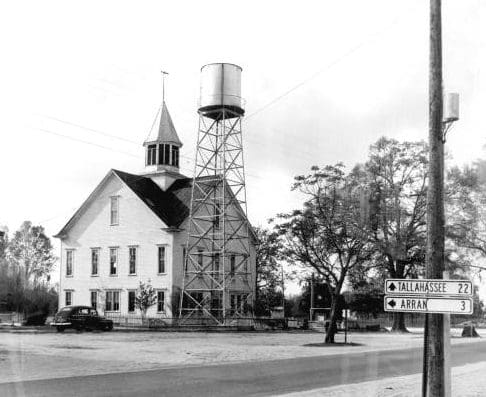

March 11, 1843
Wakulla County is Born
The Territorial Legislature of Florida established Wakulla County as the 23rd County on this day in 1843. It was carved out of Leon County.
March 12, 1960
Tear Gas Used Against Protestors in Tallahassee
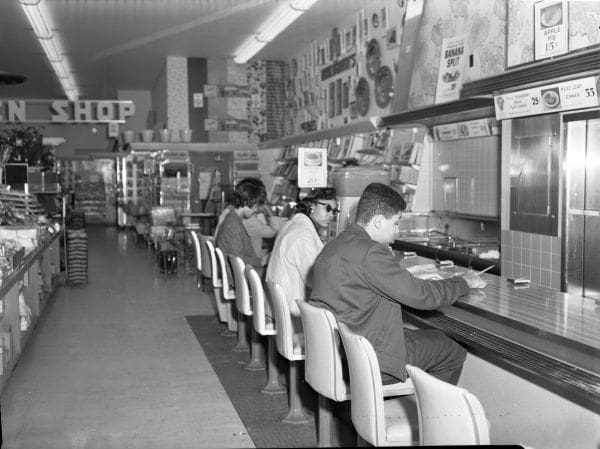

A day that started with sit-in demonstrations on this day in 1960 ended with threats, arrests, and tear gas. The weekly civil rights sit-ins had begun in the Capital City a month before and the first trial of the first sit-in arrests was scheduled to occur the following week. According to Glenda Alice Rabby’s book “The Pain and the Promise,” on March 11th, local CORE (Congress for Racial Equality) members met with the managers of McCrory’s and Woolworth’s stores about their segregation policies. When the stores refused “to negotiate,” the CORE members promised sit-in demonstrations at both locations the next day. The numbers of CORE members had grown over the weeks and leaders planned for this newest round of sit-ins to be integrated. Six black men from FAMU and five white men from FSU showed up at 9 am to take part in the demonstration at Woolworth’s lunch counter. Before the black students scheduled for the McCrory demonstration could even arrive, the mayor and police arrested all 11 protestors at Woolworth’s.
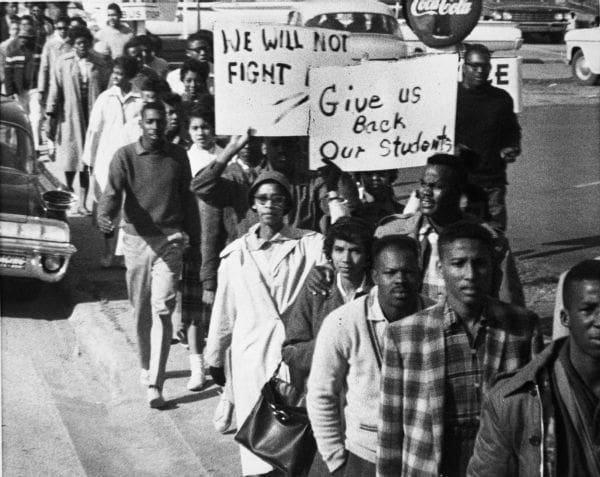

Patricia Stephens, one of the founders of the local CORE chapter, called on approximately 200 students waiting at FAMU to form a silent protest outside the jail. When her demands to see the jailed students were not met, Stephens’ directed a second round of sit-ins to take place. Fifty students headed to McCrory’s and fifty to Woolworths. The Woolworths’ students never made it there. Stephens said they were stopped by a group of white men carrying clubs, knives, and sticks. Meanwhile, the first of the McCrory students were arrested shortly after walking in the department store door.
With these new arrests, Stephens arranged for another influx of students carrying signs to march in protest starting on FAMU’s campus. The report of the number of students involved in the march varies. The Tallahassee Democrat reported about 250 students took part in the march. Stephens initially estimated 800 in a letter to her mother, but later she wrote in an article that one-thousand students, in groups of 75, were involved.
When the students were near Duval and Monroe Streets, police fired tear gas at them, scattering the students. In a letter to her mother, Patricia Stephens said that one of the police officers recognized her and targeted her with tear gas directly to her face. The damage the gas did to her eyes forced her to wear dark sunglasses for the rest of her life. Other witnesses of the gassing also saw a mob of white men swing boards with nails at the protestors. Many of the students were treated at the local hospital on FAMU’s campus for injuries. The Tallahassee Democrat reported that police arrested a total of 35 protestors.
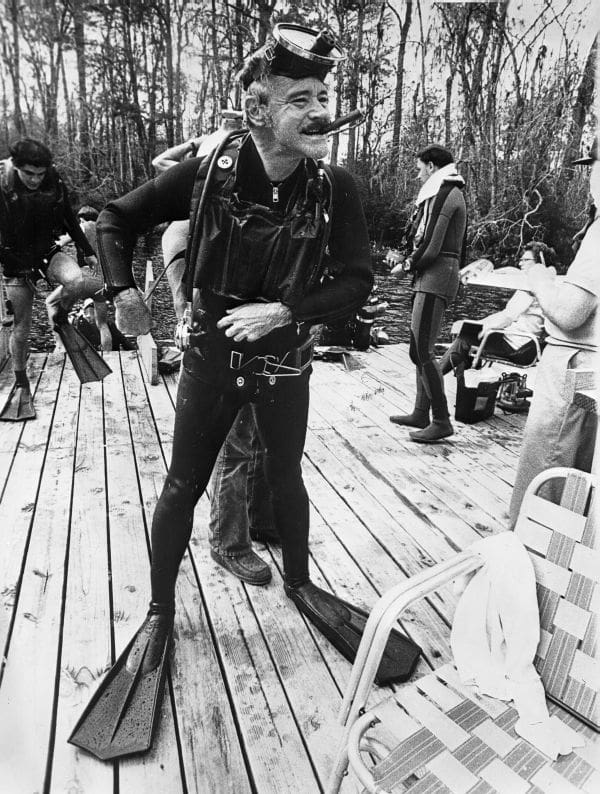

March 11, 1977
That’s not Johnny Weissmuller!
You may be familiar with the Tarzan movies starring Olympic Swimmer Johnny Weissmuller that were filmed at Wakulla Springs. However, in 1976 another big named star dived into those clear waters for another big movie: Airport ’77. Jack Lemmon, seen here with scuba suit and cigar on the dock at the Springs, spent plenty of time in Wakulla’s waters for the airplane disaster film.
In the movie’s storyline, a luxury 747 airplane crashes into the ocean with everyone trapped inside. The underwater scenes shot outside the plane were filmed in the clear waters of the spring south of Tallahassee in 1976.
Part of a 747 was sunk into Wakulla Springs to make the movie. The lodge at Wakulla springs website says that “parts of the 747 body were left on the property after the filming was complete.” The movie also starred Jimmy Stewart and Olivia de Havilland. The film opened nationwide in theatres on March 11, 1977.
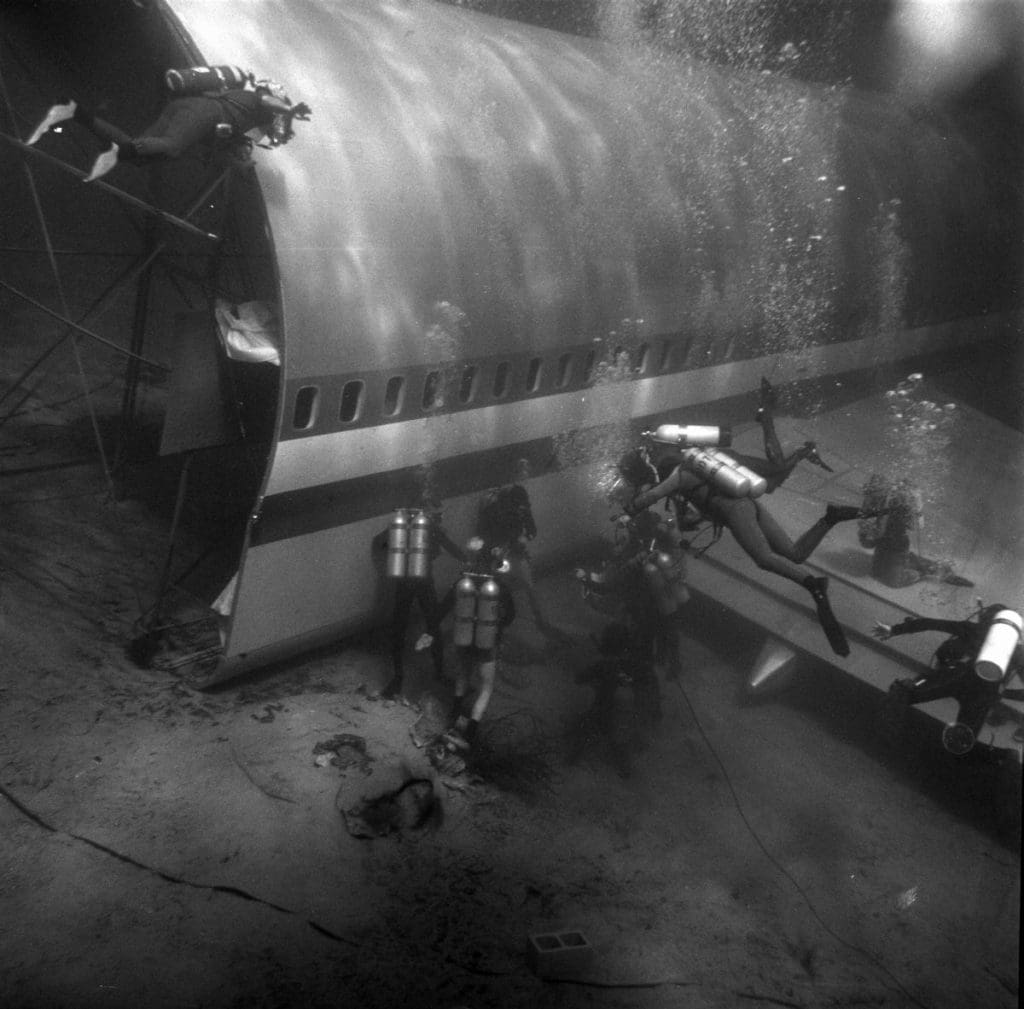

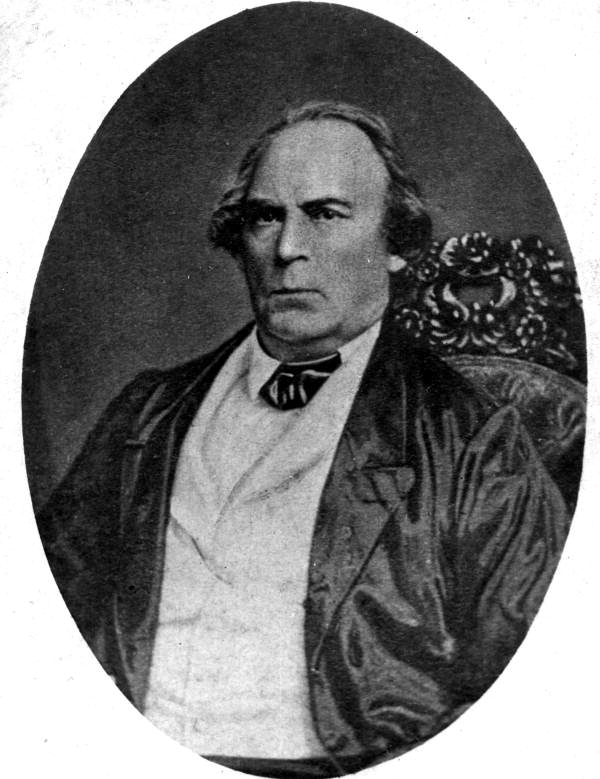

March 16, 1836
Call Him Governor
On this day, Richard Call is named the third Territorial Governor of Florida. He served until 1839. After a short break, Call took the office again in 1841 and served until 1844. Born in Virginia, Call had served as a personal aide to General Andrew Jackson and came to Florida to help the future president set up Florida’s Territorial government. During his time in the area, Call built the Grove Plantation in Tallahassee. Call Street is also named after him.
WFSU’s Mike Plummer explores the Grove Museum.
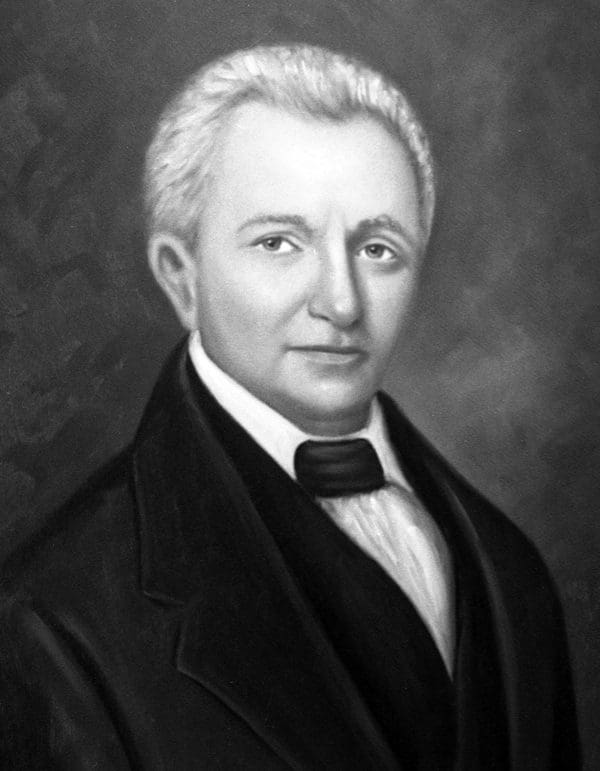

March 17, 1822
The First Civilian Governor
On this day, U.S. President James Monroe named the first civilian Territorial Governor of Florida. Monroe chose William Pope DuVal to succeed General Andrew Jackson.
DuVal served 12 years in the position with two different Presidents– John Quincy Adams and Andrew Jackson– reappointing DuVal to the post. Duval Street in Tallahassee is named after him.
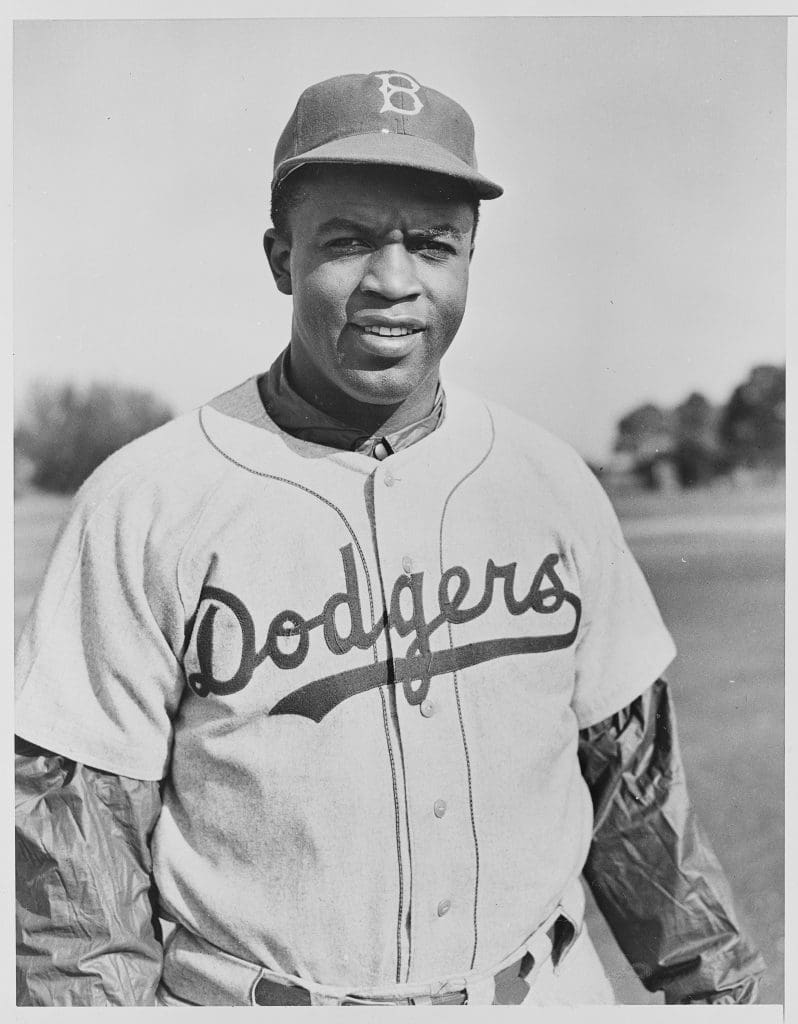

March 17, 1946
Robinson Breaks Color Barriers in Florida
More than a year before he became the first black man to play Major League Baseball, Jackie Robinson broke a color barrier in Florida.
Robinson, who was born in Cairo, GA, played second base for the Montreal Royals in an exhibition game against the Brooklyn Dodgers on March 17, 1946.
The Fort Myers News-Press reported that the Daytona Beach event was the first time a black man had “participated with whites in an exhibition game for which admission was charged in the state of Florida.” Four thousand people attended. Robinson had been signed to the Royals, a farm team for the Dodgers, and reported to Spring training in Sanford, Florida on March 4th of that year. The Dodgers won the exhibition game 7 to 2.
Learn more about the life of Jackie Robinson in the documentary about his life by Ken Burns. WFSU and PBS Passport members can watch it here.
March 17, 1960
The first Tallahassee “Sit-in” Trial
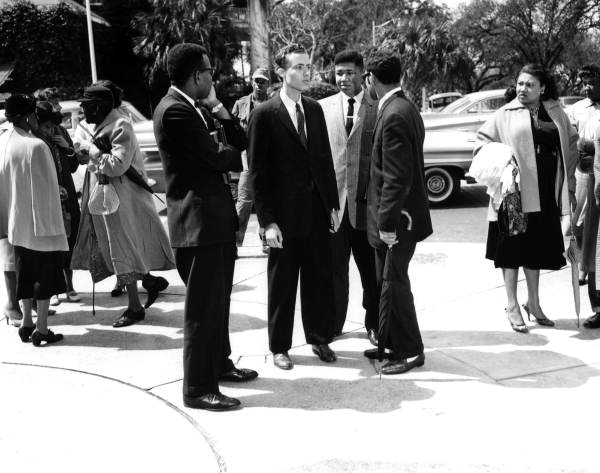

On this day in 1960, the eleven protesters who were arrested for sit-in demonstrations in Tallahassee on February 20, 1960, went on trial for disturbing the peace. All eleven were found guilty and sentenced to a $300 fine or 60 days in jail. Three paid the fine, but eight refused to pay, choosing “jail over bail”. The result was the nation’s first “jail-in.” Instead of paying the fee, sisters Patricia and Pricilla Stephens, high school student Henry Steele (son of Tallahassee Civil Rights leader C.K. Steele), siblings John and Barbara Broxton, FAMU Student Government Association President-elect William Larkins, Angelina Nance, and Clement Carney headed to jail to begin serving their sentence on March 18, 1960.
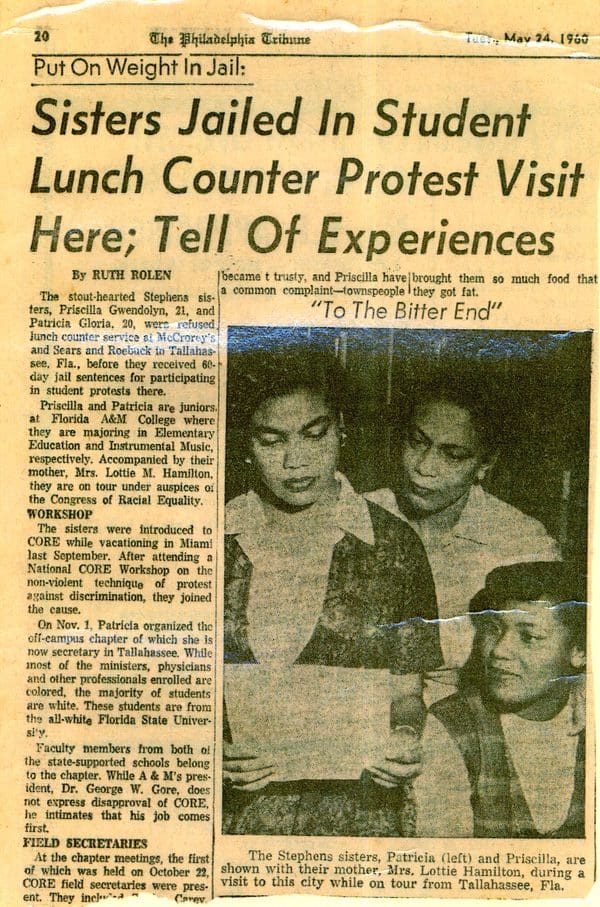

During the 49 days they actually served, the group inspired civil rights protests in Tallahassee and around the country. They received hundreds of letters of support while in jail, including some from Martin Luther King Jr. and Jackie Robinson. After their release, the Congress for Racial Equality (CORE), arranged for a national tour for the students to talk about their experiences with the Civil Rights movement.
Discover more about the civil rights moment in Tallahassee in the Learn more about the Civil Rights and the impact on Florida in episode 6 of the WFSU Florida Footprints documentary series. It’s called “The Paths of Progress.” You can also learn more at about the jail where the group served their sentence here.
March 20, 1960
More than a Speech
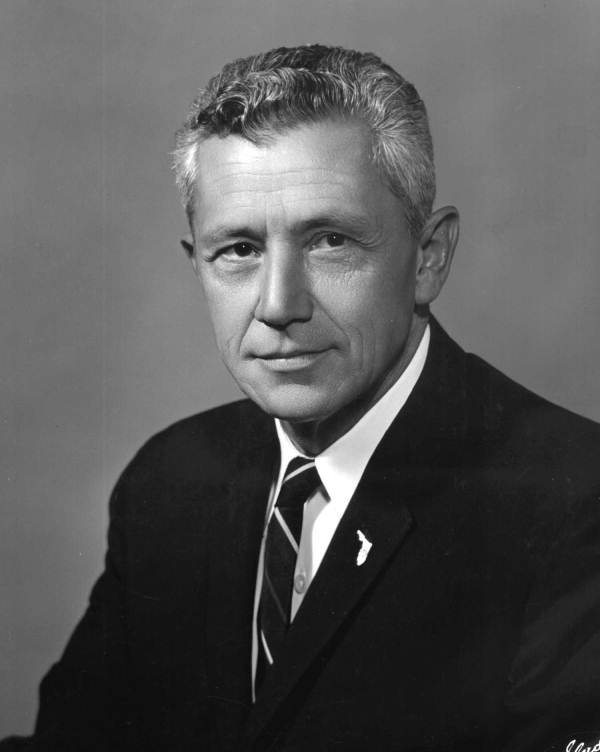

Throughout February and March of 1960, Florida had seen sit-ins and civil rights demonstrations around the state. In Tallahassee, the first jail-in, where convicted protestors chose jail instead of paying fines, had begun two days before. The previous weekend a huge demonstration in the capital city ended with police firing Tear Gas into a crowd of demonstrators. It was then that Governor LeRoy Collins felt he could not ignore the issue. Before his first election to the governorship, Collins had expressed hope that the traditions of segregation would continue. That changed on March 20, 1960. Against the advice of his friends, Collins spoke on TV to the entire state about race relations in Florida. When he talked about what had been happening in his hometown of Tallahassee, he expressed shame at how the situation had devolved in the city and that the tension and unfounded rumors of riots were disgraceful. Collins said he believed he represented all the people of Florida no matter what their color or financial standing. Appealing to people who thought the problem would go away if only black men and women would “stay in their place”, he replied:
"Now friends, that's not a Christian point of view. That's not a democratic point of view. That's not a realistic point of view. We can never stop Americans from struggling to be free. We can never stop Americans from hoping and praying that someday in some way this ideal that is imbedded in our Declaration of Independence is one of those truths that are inevitable, that all men are created equal, that somehow will be a reality and not just an illusory distant goal.”
Collins became the first Southern Governor to express that segregation was morally wrong and asked that Floridians work together to solve the racial conflicts. In his speech,Collins not only announced the forming of a biracial committee to work on this issue but encourage every community in the state to do the same.
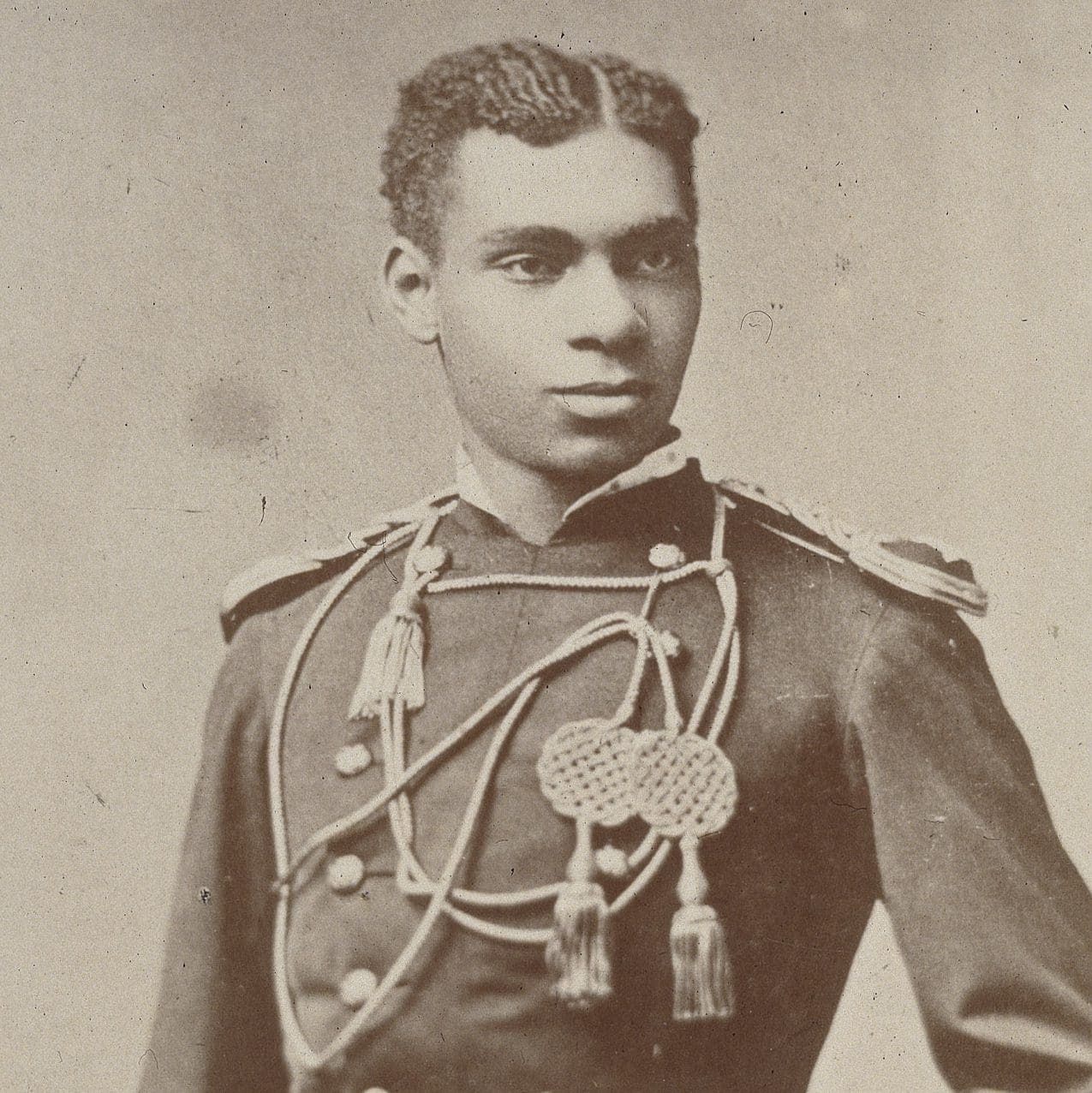

March 21, 1856
From Thomasville to West Point
On this day, Henry Ossian Flipper, the first black man to graduate from West Point, was born into slavery in Thomasville, Georgia. Flipper, the oldest of 5 children, was 9 years old went the Civil War ended. While 4 other black men had been accepted into the U.S. Military Academy before him, Flipper was the first one to graduate in 1877. He dealt with harassment throughout his entire time at the academy. After graduation, Lt. Flipper became the first African American commissioned officer in the regular U.S. Army. He served in Oklahoma and Texas as part of Company A of the Tenth U.S. Calvary.
March 21, 1956
Tallahassee gets a Public Library
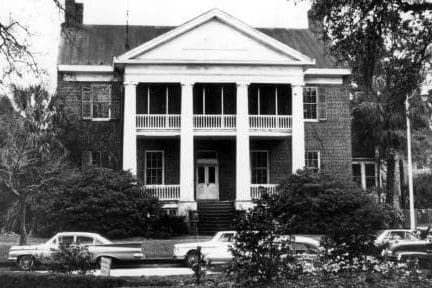

The first public Leon County Library opened on this day in The Columns. The building had been built around 1830 at Park Avenue and Adams Street. Before opening the free Library in the Columns, Tallahassee only had a private subscription-based David Walker Library.
The city had a chance to have a free public library at the turn of the century when Andrew Carnegie offered money to build one in the city. However, the city turned down the deal because it would have allowed black patrons to use the building as well.
Even though the new Leon County Library at the Columns could hold 5,000 books, it quickly ran out of space. Six years later it moved to the old Elks Club building on North Monroe Street and doubled its size. It moved again in 1975 to the lower level of Northwood Mall. After years of temporary homes, the library broke ground on its current permanent home in 1989 and opened in 1991. It was renamed after Governor LeRoy Collins in 1993.
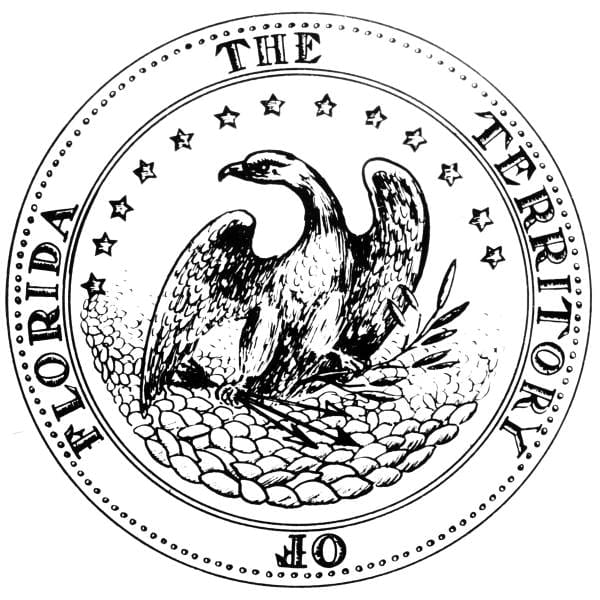

March 30, 1822
Florida Becomes a Territory
On this day, the U.S. Government merged East and West Florida to form the U.S. Territory of Florida. Previously under Spanish rule, the area had been divided into two distinct sections. America had negotiated the acquisition of the area from Spain in the Adams-Onis Treaty that was signed in 1819. While General Andrew Jackson had served as Military Governor in 1821, a few weeks before the territory was formed William Pope DuVal was named the first civilian Governor.
History is a work in progress, just like this page…
These are just some of the interesting facts about the history of our community. More facts about locations, events, and people will be added to these memories as time goes on. The WFSU Local Routes team will continue to research, write, and add other historic moments to this month and others as time goes on. Follow us on Facebook and Instagram for more new-to-you facts about the history of Tallahassee as well as our other north Florida and south Georgia communities. You can also share local historic moments you’d like to see included in our list. Email localroutes@wfsu.org.
Suzanne Smith is Executive Producer for Television at WFSU Public Media. She oversees the production of local programs at WFSU, is host of WFSU Local Routes, and a regular content contributor.
Suzanne’s love for PBS began early with programs like Sesame Street and Mister Rogers’ Neighborhood and continues to this day. She earned a Bachelor of Journalism degree from the University of Missouri with minors in political science and history. She also received a Master of Arts in Mass Communication from the University of Florida.
Suzanne spent many years working in commercial news as Producer and Executive Producer in cities throughout the country before coming to WFSU in 2003. She is a past chair of the National Educational Telecommunications Association’s Content Peer Learning Community and a member of Public Media Women in Leadership organization.
In her free time, Suzanne enjoys spending time with family, reading, watching television, and exploring our community.


